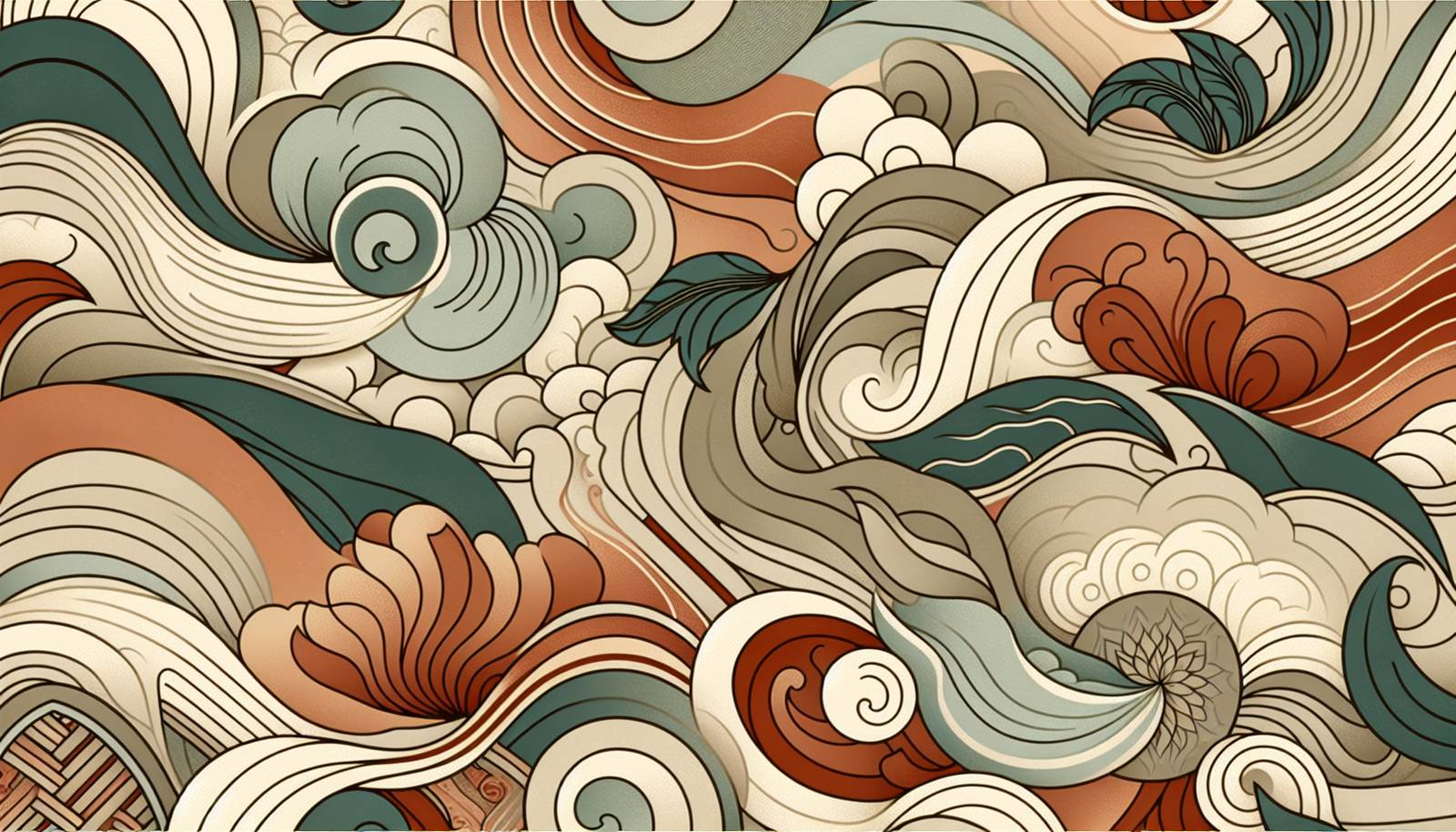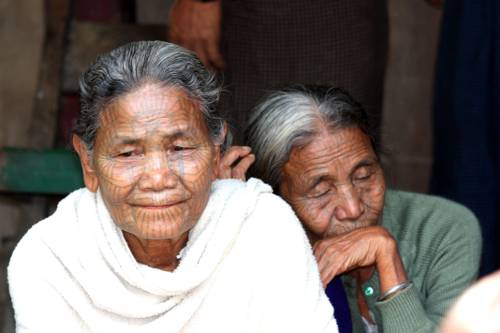
FAQ About The Influence of Traditional Tattoo Designs on Contemporary Body Art

What are traditional tattoo designs?
Traditional tattoo designs, often referred to as "old school" tattoos, typically feature bold lines, bright colors, and iconic imagery such as anchors, roses, and eagles. These designs are rooted in various cultural practices and historical periods, drawing inspiration from indigenous tribes, sailors, and various other groups.

How have traditional tattoo designs influenced contemporary body art?
Traditional tattoo designs have had a profound impact on contemporary body art by providing a foundational style and vocabulary that artists have built upon. Many modern tattoos incorporate the bold lines and colors characteristic of traditional designs, while adding personal touches and modern elements to create unique pieces of art.

Why do traditional tattoos hold cultural significance?
Traditional tattoos often hold deep cultural significance as they are tied to rituals, spiritual beliefs, and social status within various communities. These designs can carry meanings related to identity, protection, and heritage, making them not only decorative but also deeply meaningful.

What are some examples of traditional tattoo designs that are popular today?
Some popular traditional tattoo designs that continue to be widely embraced include the anchor, swallows, pin-up girls, daggers, and skulls. These motifs are celebrated for their classic aesthetic and symbolic meanings.

Can traditional tattoo designs be customized for modern tastes?
Yes, traditional tattoo designs can be customized to suit modern tastes. Artists often adapt these designs by incorporating contemporary elements, varying the color palette, or modifying the size and composition to reflect the wearer’s personality and preferences.

How do traditional tattoo designs reflect cultural identity?
Traditional tattoo designs reflect cultural identity by embodying historical values, myths, and traditions specific to different communities. For instance, Polynesian tattoos are not only a form of identity and status but also tell personal and community stories through specific patterns and symbols.

What is the origin of sailor tattoos and their impact on modern tattooing?
Sailor tattoos originated in the 18th and 19th centuries among sailors and maritime workers who adopted these designs as symbols of luck, protection, and achievements at sea. These tattoos laid the groundwork for what is now recognized as "traditional" tattoo style, influencing many modern tattoo practices.

Are there specific techniques used in traditional tattooing that are still used today?
Many traditional tattooing techniques, such as the use of bold lines and a limited color palette, continue to be used in contemporary tattooing. The classic hand-poked method, used by some cultures, has also experienced a revival as people seek more authentic traditional experiences.

What role does symbolism play in traditional tattoo designs?
Symbolism is central to traditional tattoo designs, often incorporating motifs that represent significant cultural values, stories, and beliefs. Each symbol can convey messages about the wearer’s beliefs or values, often serving as talismans or as markers of personal achievements and history.

How has the perception of traditional tattoos changed over time?
The perception of traditional tattoos has evolved from being seen as bold and rebellious to being appreciated for their artistic and cultural depth. The integration of these designs into popular culture has helped shift the view of tattoos into being recognized as a legitimate art form that celebrates identity and heritage.

What is the difference between Western and Eastern traditional tattoos?
Western traditional tattoos often feature bold lines and iconic motifs such as hearts, daggers, and roses. In contrast, Eastern traditional tattoos, like those in Japan, are characterized by intricate designs, detailed depictions, and themes often revolving around nature, mythology, and spirituality.

How are indigenous tattoo designs incorporated into contemporary body art?
Indigenous tattoo designs are incorporated into contemporary body art by blending traditional symbolism and techniques with modern styles and personal narratives. This fusion allows for the preservation of cultural heritage while offering a personalized interpretation that speaks to modern individuals.

What are tribal tattoos, and how have they influenced modern tattooing?
Tribal tattoos are derived from indigenous tribes around the world and feature bold, abstract patterns that often carry specific meanings related to heritage, social status, or spiritual beliefs. These designs have profoundly influenced modern tattooing by inspiring a genre that emphasizes bold lines and symbolic meanings.

Why are traditional Japanese tattoos influential in modern tattoo art?
Traditional Japanese tattoos, known for their elaborate scenes and detailed artistry, have influenced modern tattoo art by introducing intricate design techniques and storytelling elements. These tattoos often depict mythological creatures, deities, and other culturally significant symbols, which have captivated audiences globally.

Are there ethical considerations when choosing traditional tattoo designs?
There are ethical considerations when selecting traditional tattoo designs, primarily concerning cultural appropriation. It's essential to approach such designs with respect and understanding of their cultural significance, ideally seeking insight from knowledgeable sources or practitioners from the originating culture.

How do modern artists blend traditional elements with new techniques?
Modern tattoo artists blend traditional elements with new techniques by integrating digital design tools, experimenting with color gradients, and mixing styles to create innovative artwork that still pays homage to traditional motifs. This fusion results in tattoos that honor the past while embracing innovation.

What are some common misconceptions about traditional tattoo designs?
Common misconceptions about traditional tattoo designs include the belief that they are outdated or lack artistic depth. In reality, these designs are rich in symbolism and historical value, offering a timeless aesthetic that continues to inspire modern tattoo art across cultures.

How have technological advancements impacted the evolution of traditional tattoo designs?
Technological advancements, such as precision tattoo machines and high-quality pigments, have enabled artists to expand the creative possibilities of traditional tattoo designs. These tools allow for more detail and durability, helping to evolve and adapt traditional motifs for contemporary audiences.

What role does artistic evolution play in the preservation of traditional tattoo designs?
Artistic evolution plays a crucial role in preserving traditional tattoo designs by ensuring that these styles are continually revitalized and remain relevant. Artists reinterpret classic motifs through new technologies and stylistic approaches, helping to keep cultural stories alive for future generations.

Can traditional tattoo designs be a form of personal expression today?
Yes, traditional tattoo designs can be a powerful form of personal expression. Modern wearers often choose these designs to connect with their heritage, symbolize personal values, or simply appreciate the aesthetic and historical richness of traditional tattoo styles.
